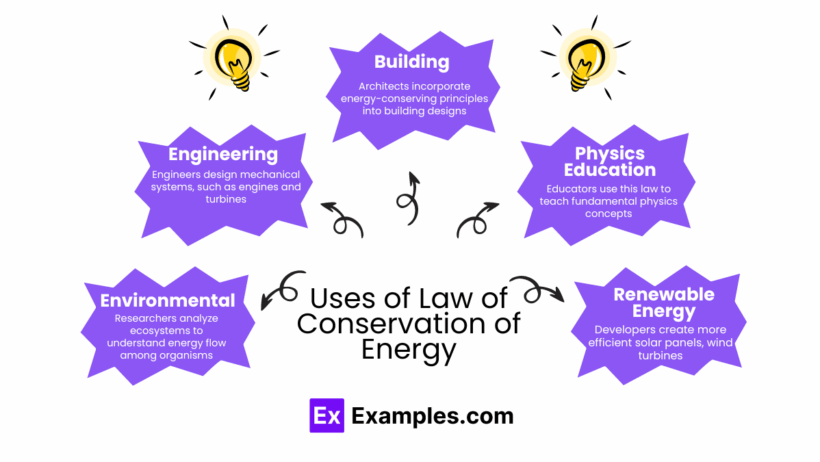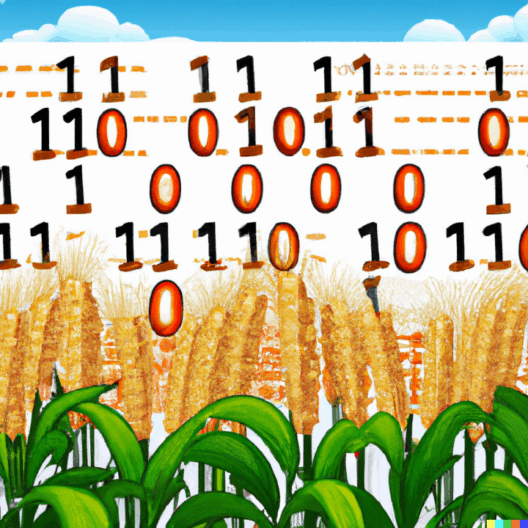The law of conservation of energy is a fundamental principle that governs the behavior of energy in our universe. It posits that energy cannot be created or destroyed, only transformed from one form to another. This principle is essential to understanding our natural world, and it holds significant implications for various scientific fields, from physics to environmental science. The concept is not only crucial for theoretical inquiries but also provides practical insights into everyday phenomena.
At its core, the law of conservation of energy serves as the bedrock of classical mechanics. It dictates that the total energy within a closed system remains constant over time. This conservation principle can be witnessed in numerous real-life examples, spanning technological advancements and natural occurrences, thereby highlighting its omnipresence in our daily lives.
One of the most commonly observed examples of the law of conservation of energy is the interaction of potential and kinetic energy in a roller coaster ride. At the pinnacle of the ride, the coaster possesses maximum potential energy due to its height. As it descends, this potential energy is systematically converted into kinetic energy, resulting in increased speed. When the coaster reaches the lowest point, the potential energy is at its minimum, while the kinetic energy is at its maximum. This cyclical transformation exemplifies energy conservation in action, illustrating how energy transitions seamlessly from one form to another while the total remains unchanged.
Another viable illustration can be found in the realm of energy conversion in everyday appliances. Consider the humble light bulb. When electricity flows through a light bulb’s filament, it is transformed from electrical energy into thermal energy and visible light. This process embodies the law of conservation of energy, as the electrical energy is not lost but merely altered in form. The efficiency of this transformation, however, varies. Traditional incandescent bulbs convert only about 10% of the electrical energy into light, while the rest dissipates as heat, highlighting the implications of energy losses in practical scenarios.
The conservation principle resurfaces prominently in geological processes as well. Take, for example, the energy transfer within ecosystems. Plants capture solar energy through photosynthesis, converting it into chemical energy stored in their tissues. This energy flows through food chains as herbivores consume plants, transforming chemical energy into kinetic energy within their bodies. Subsequently, carnivores consume herbivores, continuing the cycle. In this self-perpetuating web, energy is neither created nor obliterated, but rather conserved and redistributed across various trophic levels, underlining the intricate balance of ecological systems.
In the context of renewable energy, the law of conservation of energy emphasizes the importance of harnessing sustainable sources. Wind turbines and solar panels convert kinetic and solar energy, respectively, into electrical energy. While these technologies exploit natural energy forms, they do not create new energy; instead, they transform existing energy into usable forms that can power our homes and industries. This reliance on renewable energy sources showcases a growing awareness of energy conservation, aligning with environmental sustainability goals.
Moreover, the principle is not limited to macroscopic phenomena; it also permeates the microscopic realm within atomic particles. In nuclear reactions, the mass-energy equivalence principle, encapsulated in Einstein’s equation, E=mc², illustrates the transformation of mass into energy. When atomic nuclei undergo fission or fusion, a remarkable quantity of energy is released, adhering to the law of conservation of energy while altering matter irreversibly. This underpins the exploration of nuclear energy as a powerful tool, albeit one that necessitates rigorous safety measures due to its profound implications.
Encompassing various fields, the law of conservation of energy aids in understanding thermodynamics, a branch of physics that studies energy transformations and their societal implications. The first law of thermodynamics states that energy within a closed system remains constant. This principle is especially relevant in discussions surrounding climate change, as it highlights the finite nature of energy resources and the importance of efficient energy usage in mitigating environmental degradation. Societal shifts towards energy efficiency—such as improved insulation, energy-saving appliances, and smart grid technology—are reflections of the practical applications stemming from this fundamental principle.
As we contemplate the law of conservation of energy, we recognize its role in human ingenuity. Whether it is through engineering breakthroughs, renewable energy advancements, or everyday practices, the principle guides us toward sustainable solutions. Energy conservation is not a mere suggestion but an imperative in our quest for a balanced relationship with our planet.
In conclusion, the law of conservation of energy is an illuminating concept that resonates deeply with both scientific inquiry and practical applications. From roller coasters to renewable energy technologies, it manifests in multifarious forms, reinforcing the idea that energy’s cyclical nature is fundamental to the functioning of our universe. Understanding this principle enriches our appreciation of the delicate interplay between various forms of energy, emphasizing the necessity of responsible energy consumption and conservation efforts in ensuring a sustainable future.








